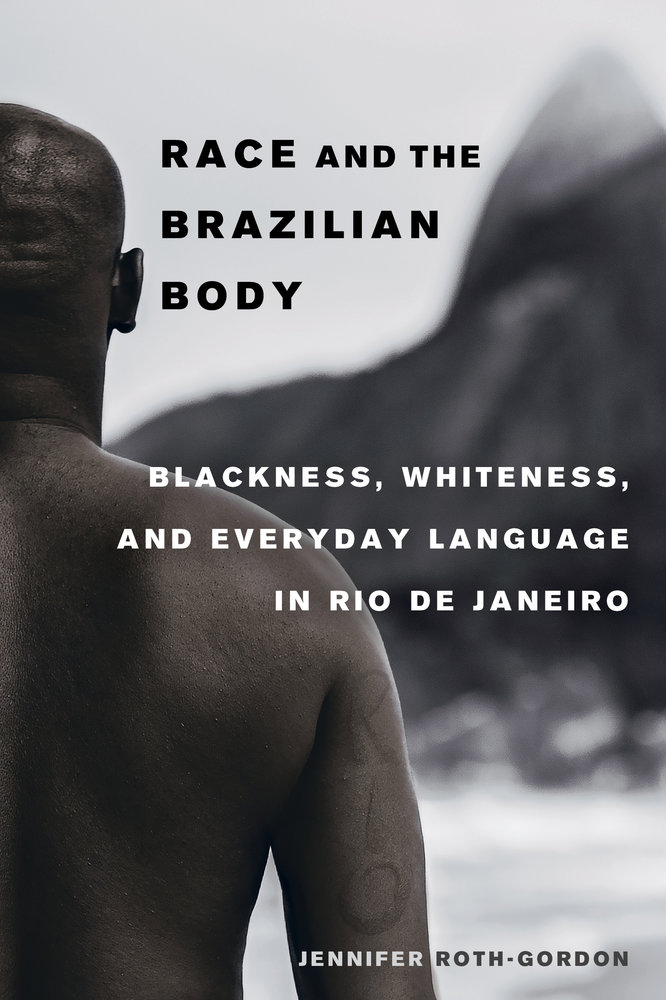The Afro-Turks: Turkey’s Little-known Black Minority Reclaims Its PastPosted in Anthropology, Articles, Europe, History, Media Archive, Slavery on 2017-11-13 02:33Z by Steven |
The Afro-Turks: Turkey’s Little-known Black Minority Reclaims Its Past
Haaretz
2017-10-26
Davide Lerner and Esra Whitehouse
 An Afro-Turk farmer, Gungor Delibas, whose family is originally from Sudan, with a picture of her and her Turkish husband, in Haskoy, Turkey, October 2017. Davide Lerner |
IZMIR, Turkey – Dotted along Turkey’s Aegean coastline are a smattering of villages that the country’s Afro-Turks call home.
“The first generation suffers, the second generation denies and the third generation questions,” reads the opening line of Mustafa Olpak’s book, the first and the last autobiographical and introspective study of Turkey’s dwindling black minority. Olpak coined the term Afro-Turk and founded the movement to help resurrect their identity, but the history of the estimated 1.3 million people who were forced into slavery and shipped from Africa to the territories controlled by the Ottoman Empire remains little more than a footnote of Turkish history.
While “the library of the Congress of the United States of America has over 600 personal accounts of African-American slaves, none could be found in Ottoman archives,” notes Turkish historian Hakan Erdem in his commentary to Olpak’s book. Before his death last year, Olpak had dreamed of delivering a copy of his book to former U.S. President Barack Obama, and had even traveled to Istanbul’s airport in a hopeless attempt to meet him as he landed for a state visit.
Today the number of Afro-Turks is estimated at only a few tens of thousands. Many still live in the villages of Haskoy, Yenicifler and Yenikoy, near Izmir, while some reside in rural areas around Ayvalik, Antalya and Adana, as well as in Istanbul. Most were first brought to Turkey to work as domestic servants or in the tobacco and cotton fields along the Aegean Sea; they settled near Izmir once they were freed. Although the slave trade was officially made illegal in 1857 following pressure from Britain and other European powers, it took until the beginning of the 20th century to eliminate the practice altogether and to liberate those who were owned by Ottoman families since before the slave trade was outlawed.
In Izmir, the state provided safe houses for former slaves as well as assistance to integrate them into the labor market; whole villages and neighborhoods inhabited by the Afro-Turks were dubbed “Arap” areas – the Turkish word for Arab, which is still used as slang to refer to black people…
Read the entire article here.




